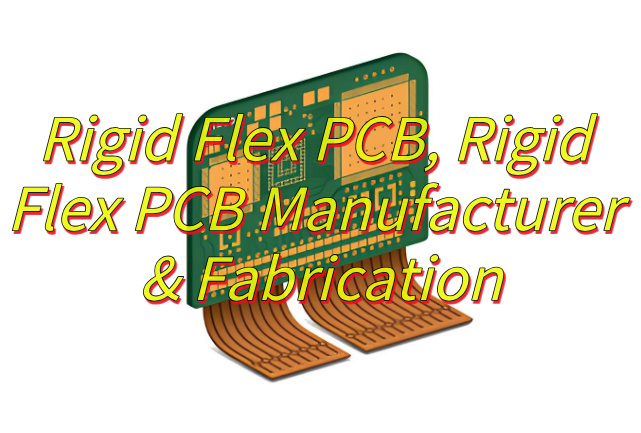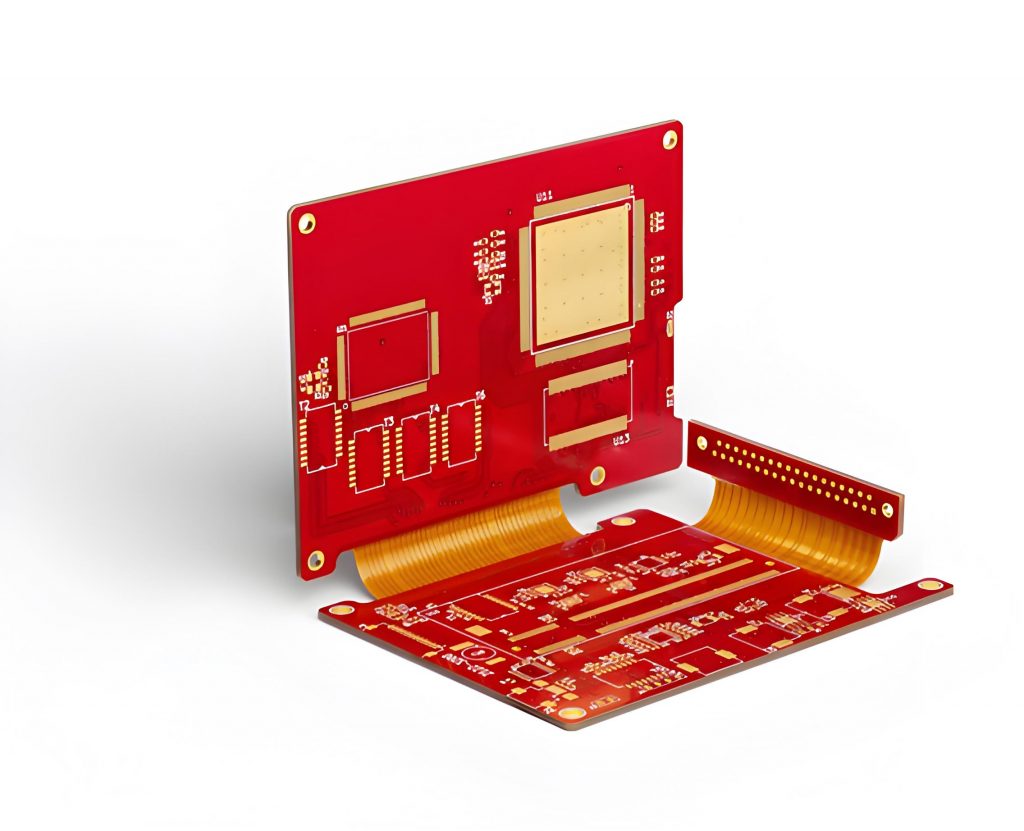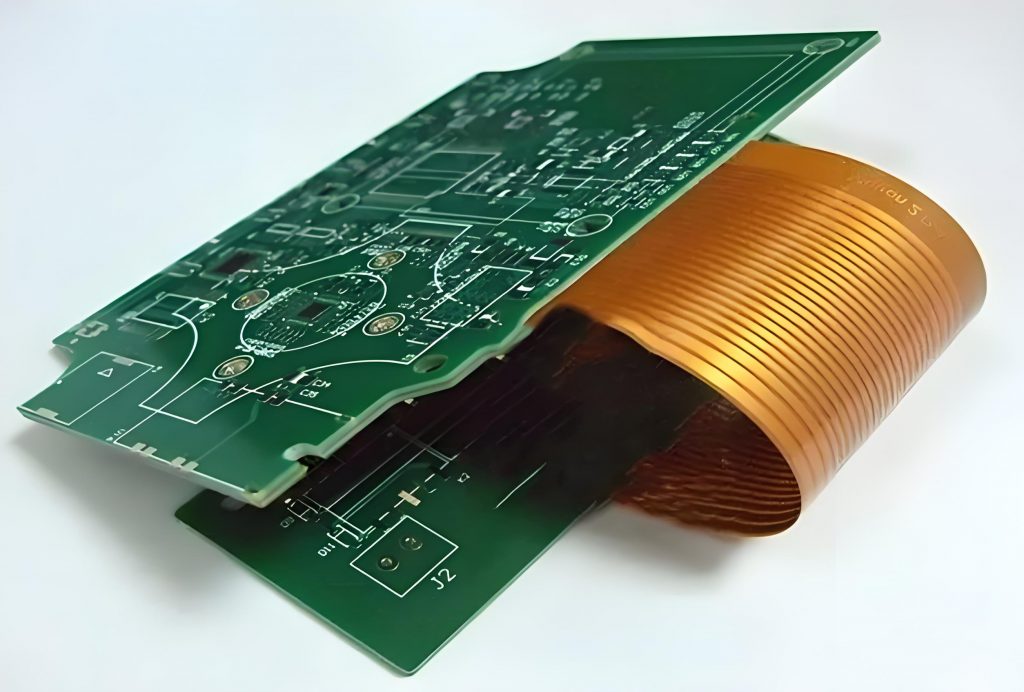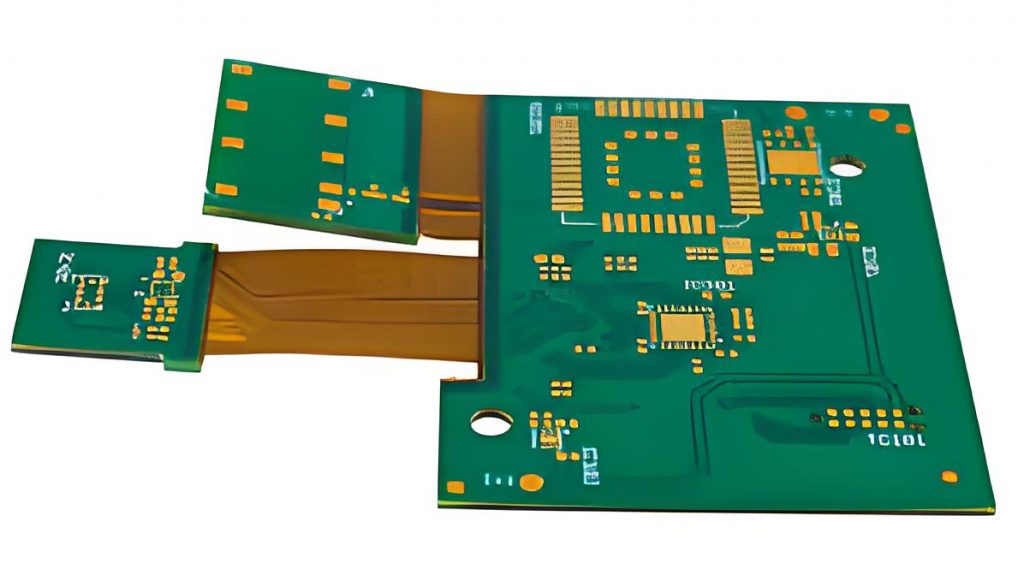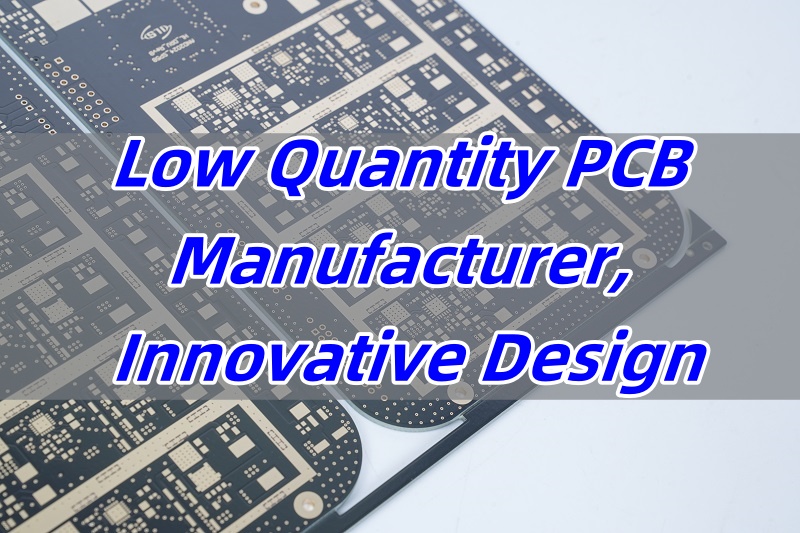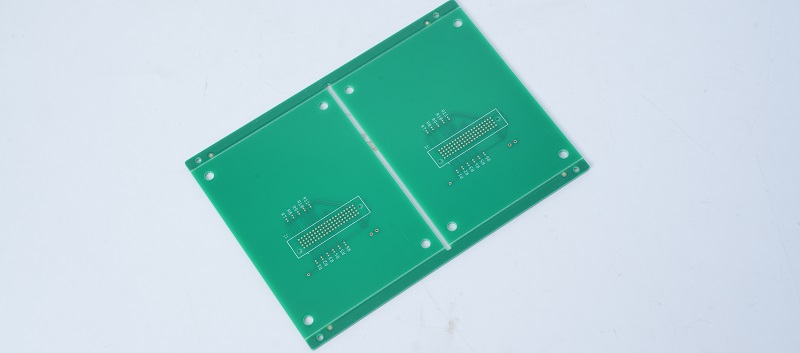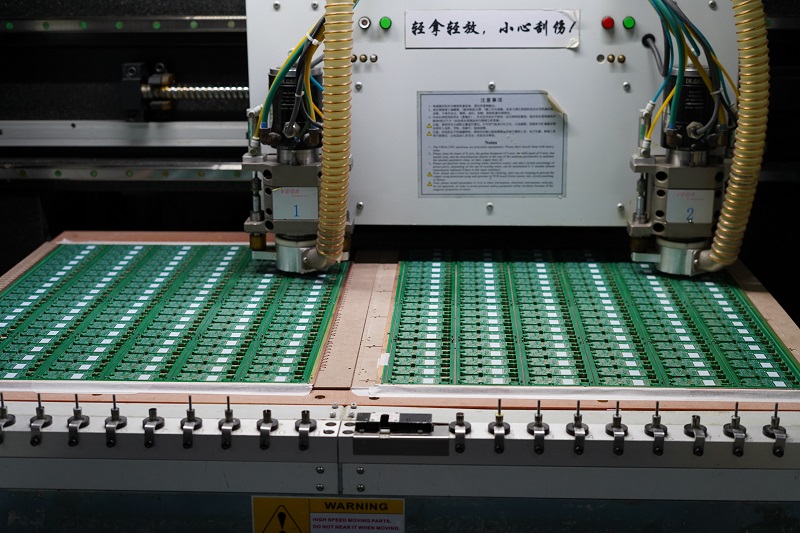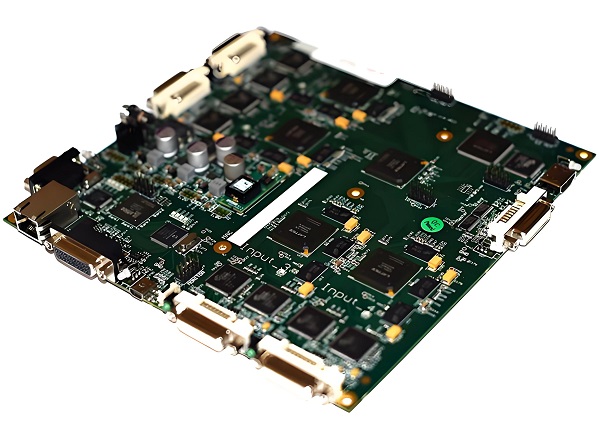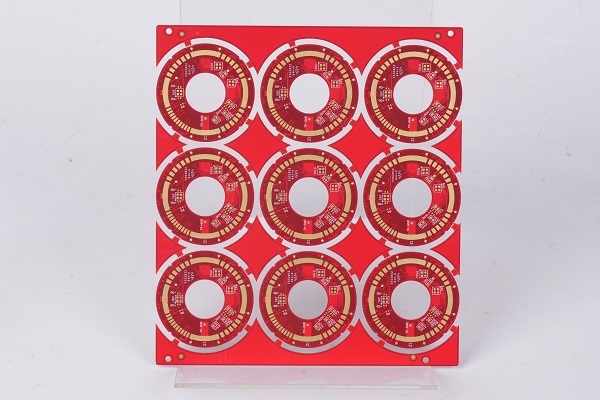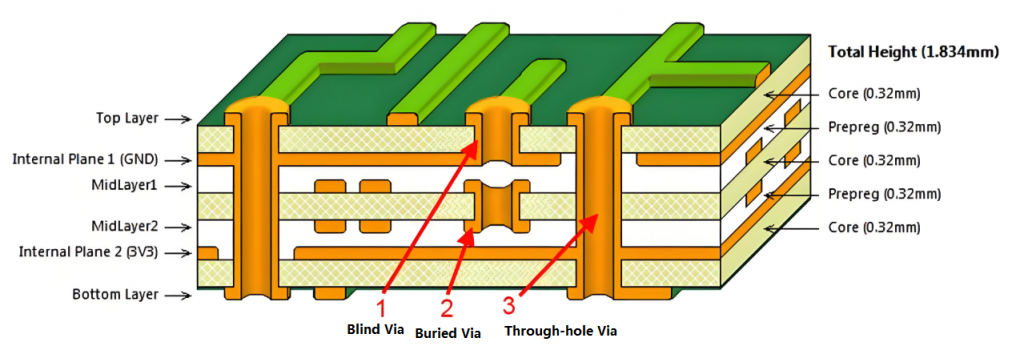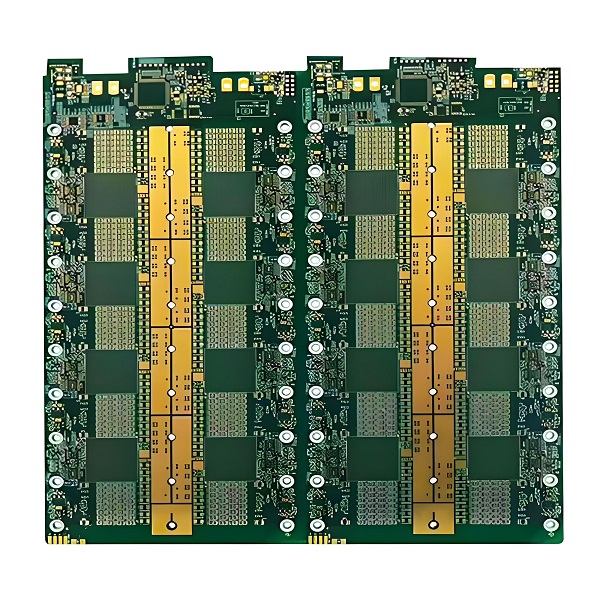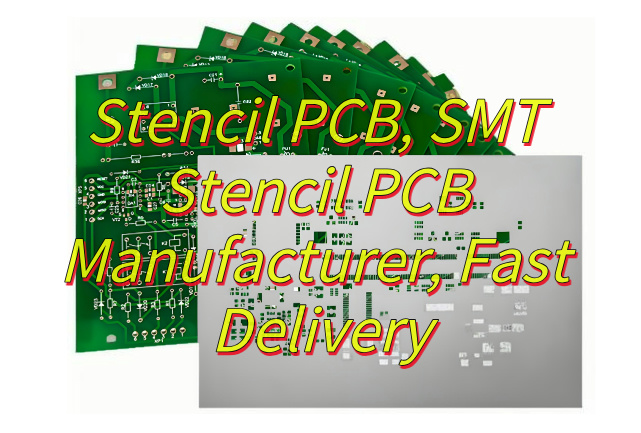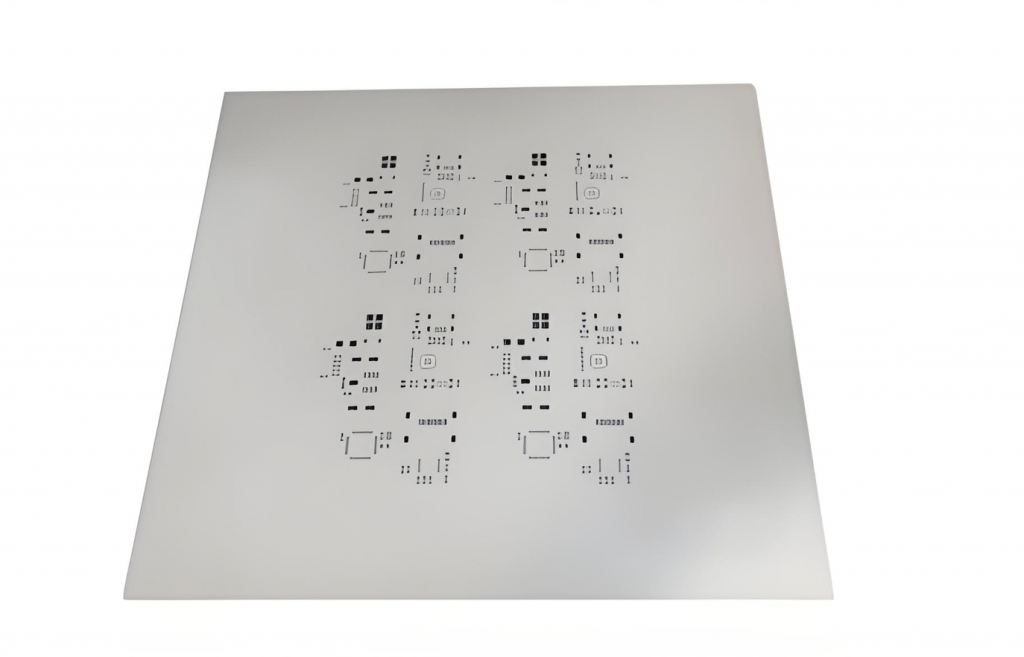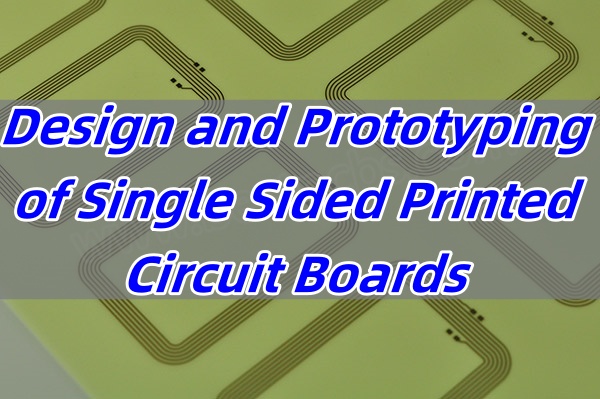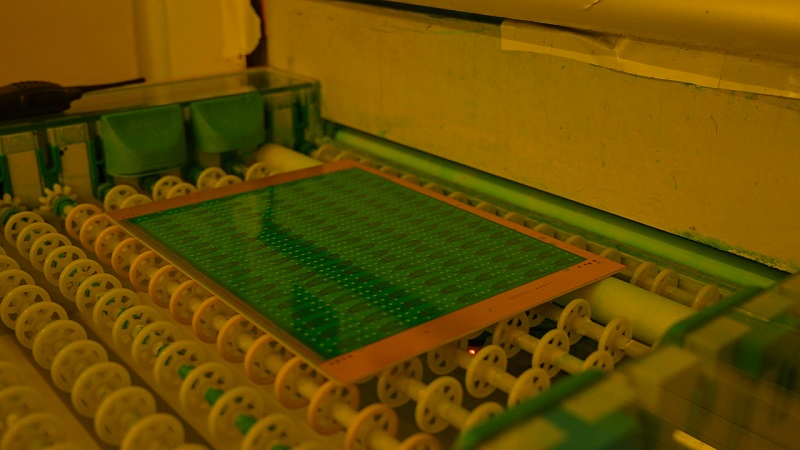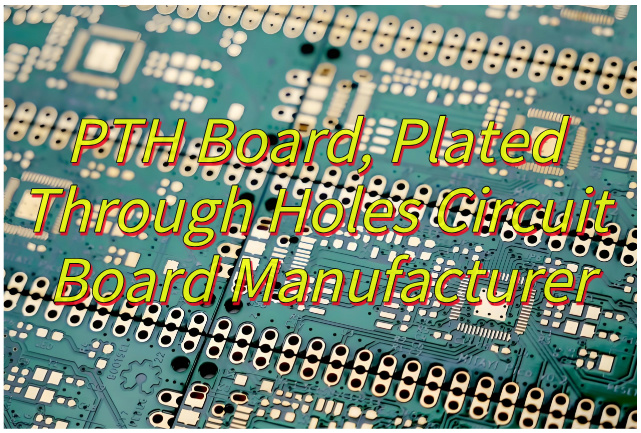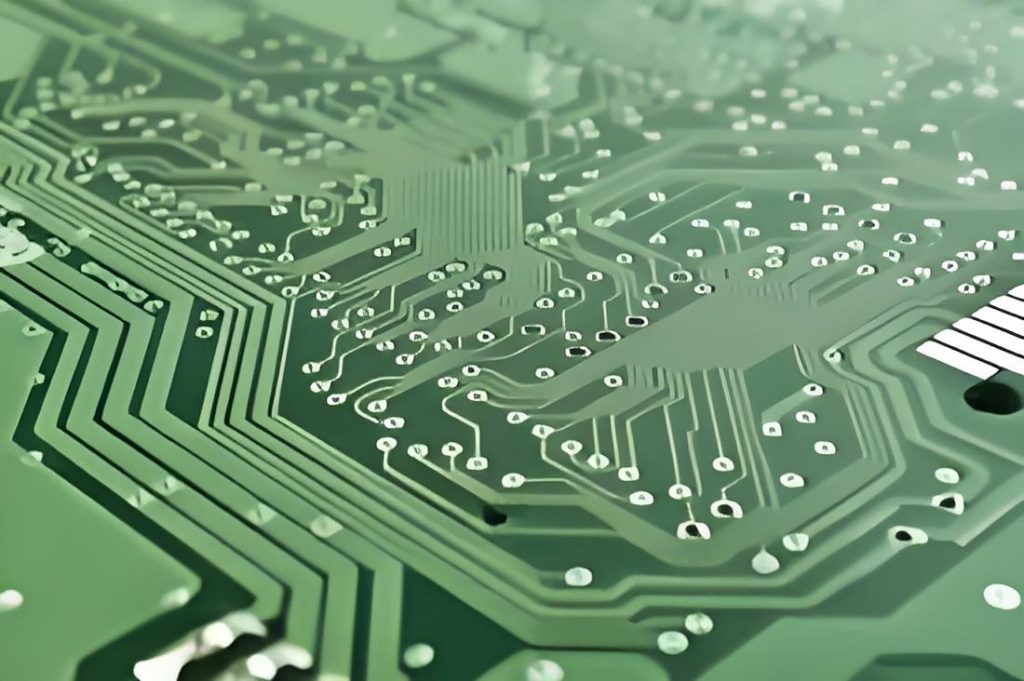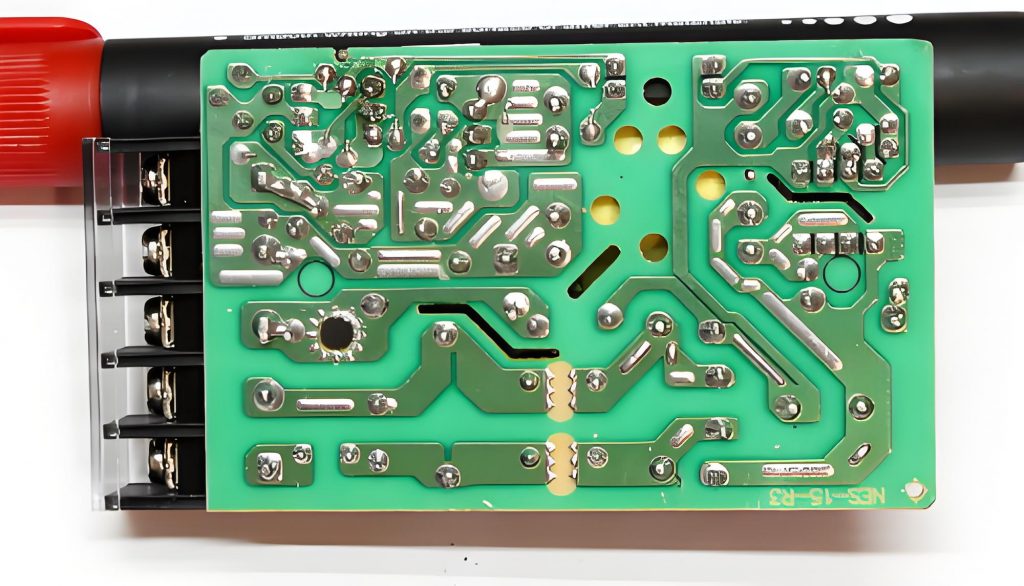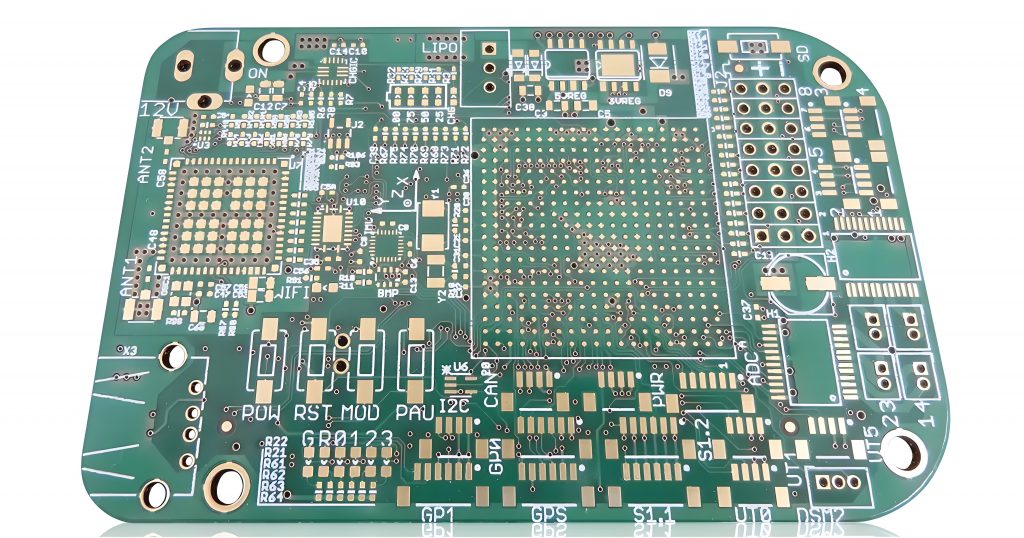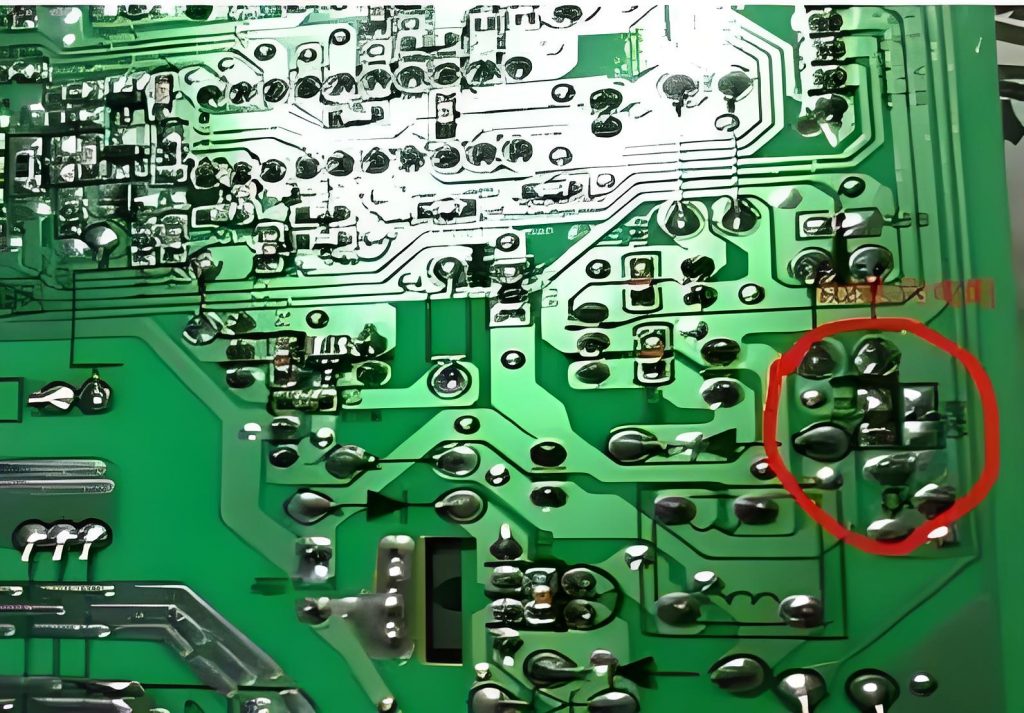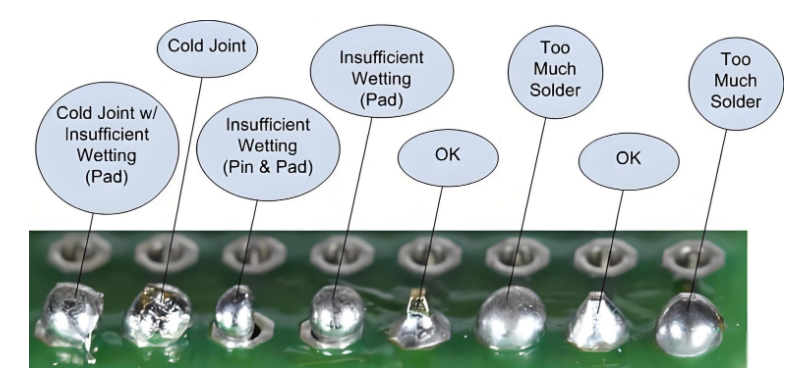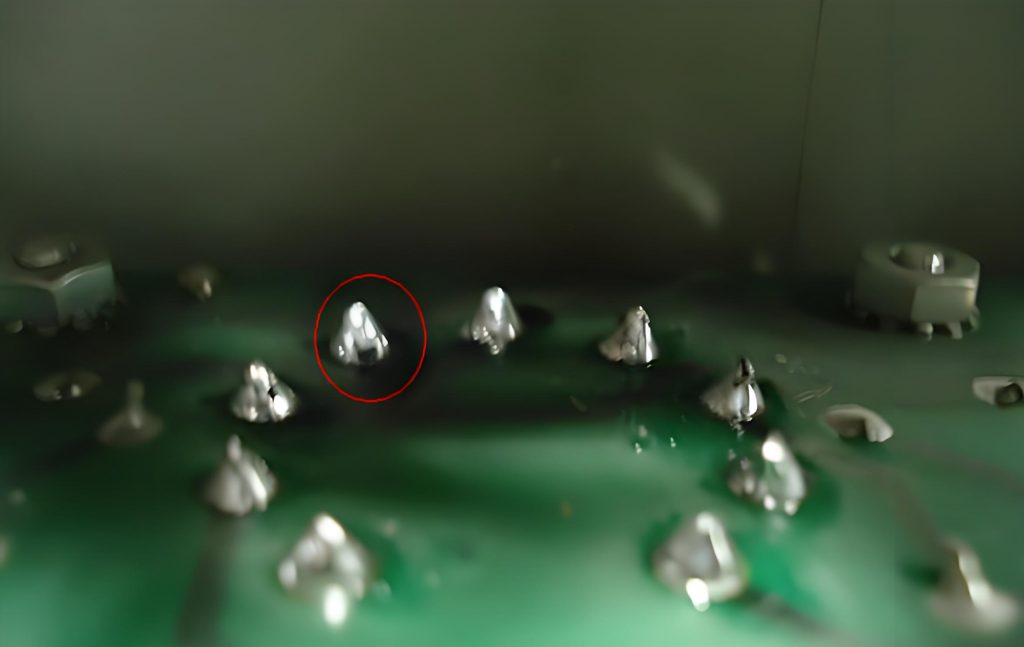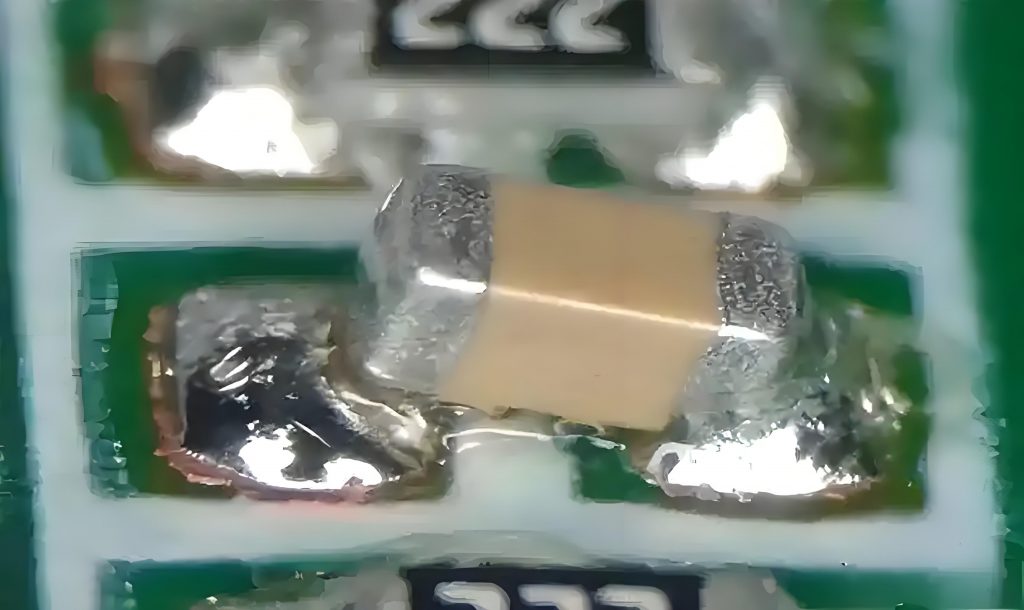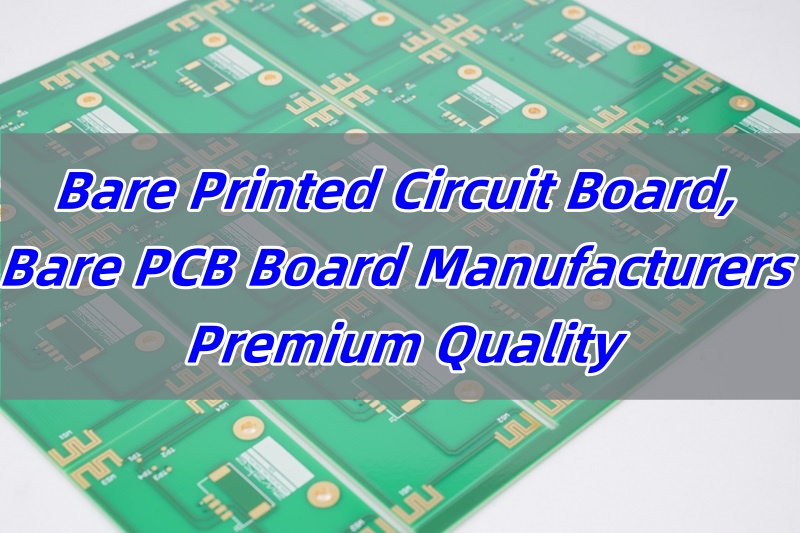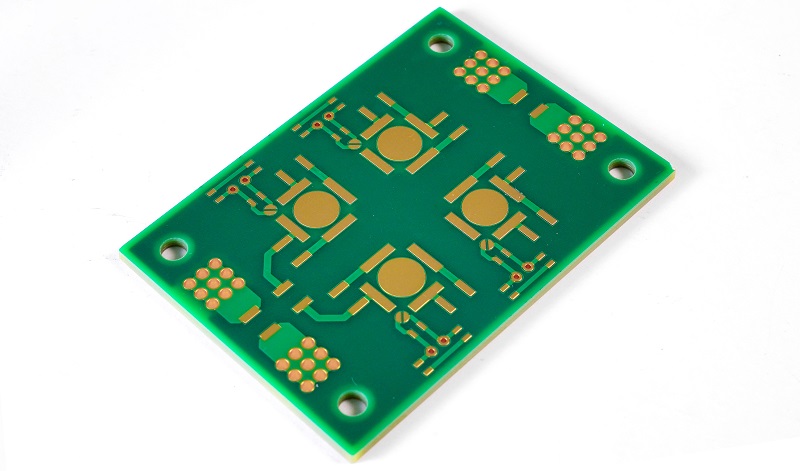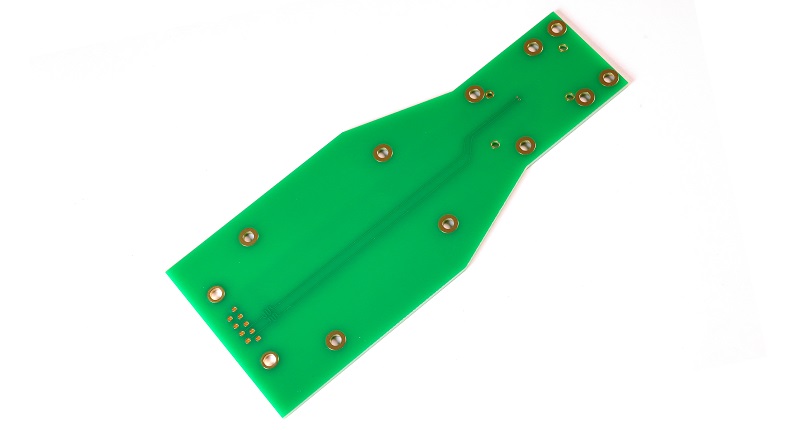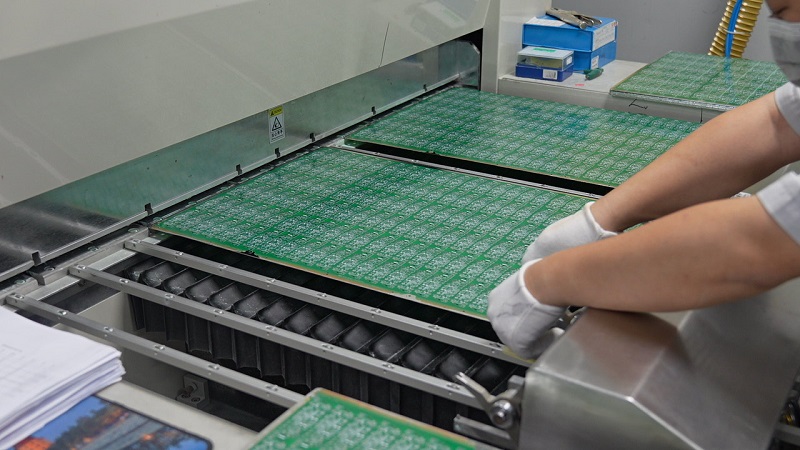Custom PCB prototype is the first real step toward bringing your circuit ideas to life. Whether youâre refining a new product or testing out a one-off design, a prototype PCB board manufacturer helps you turn drawings into functional hardware fast. But finding the right support isnât always simple. You want speed, accuracy, and expertise â all without spending too much.
Best Technology is one of the custom PCB prototype manufacturers in China, providing high-quality custom PCB prototype service in the global market. We place a high priority on quality. Quality plays a pivotal role in winning the market. Our PCBs have performance excellence. We have advanced equipment in our factory, which gives us access to make custom PCB prototypes in quick turnaround. If you have any pertinent custom PCB prototype projects, a warm welcome to contact us at sales@bestpcbs.com at any time.
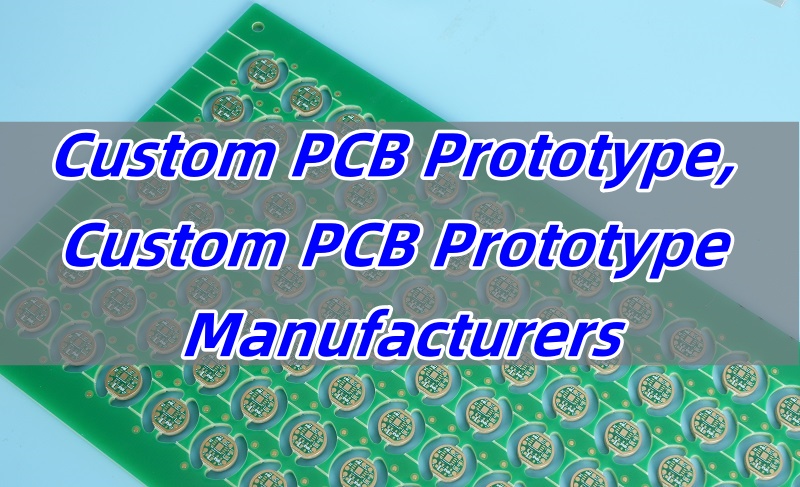
What is a Custom PCB Prototype?
A custom PCB prototype is a small batch of printed circuit boards produced before mass production. It helps test your layout, component placement, and functionality. Custom PCB design often needs fine-tuning. Thatâs where prototypes step in. They highlight flaws early, such as missing solder masks, tight edge clearances, or incorrect pad spacing. With quick revisions, you save money and time in the long run.
How Much Does a Custom PCB Prototype Cost?
The cost of a custom PCB prototype depends on design complexity, layer count, materials, and order quantity. For simple two-layer boards, you might spend $50 to $200. Multilayer boards or high-frequency circuits can range between $300 and $1000. Design flaws like incomplete BOMs or missing mask layers often lead to rework â adding hidden costs. Working with a skilled prototype PCB board manufacturer reduces these risks.

How Much Does Custom Prototype PCB Assembly Cost?
Custom prototype PCB assembly includes placing components onto the fabricated board. Assembly costs vary by part type, volume, and lead time. For example, standard SMT assembly for low-volume prototypes could start at $100. But if your design includes fine-pitch parts or rare components, prices increase. Choosing a PCB prototype assembly partner who helps verify your BOM and pad design avoids mistakes like cold solder joints or misplaced ICs.
How Long Does It Take to Get a Custom PCB Prototype?
Turnaround time can range from 2 to 10 business days. Simple PCBs with in-stock materials ship faster. But complex multilayer boards or frequent design changes delay the process. Choosing a manufacturer offering fast prototype PCB fabrication and online status updates keeps your project on track. At Best Technology, we offer quick-turn solutions even for high-speed and high-frequency designs, helping reduce delivery delays.
How to Make Custom PCB Prototyping?
Start with accurate schematics and a clear BOM. Use DFM principles to improve manufacturability. Tools like design rule checks (DRC), thermal simulation, and EMC evaluation prevent common errors. Choose suitable materials early â especially for RF or high-TG boards. Then, select a prototype PCB board manufacturer that supports custom PCB projects from layout to fabrication and testing. A good partner helps verify tolerances, check pad designs, and even run automated inspection.
Who are Custom PCB Prototype Manufacturers?
When creating a custom PCB prototype, choosing the right manufacturer can shape the success of your project. A reliable partner should not only meet design requirements but also offer strong engineering support, tight quality control, and on-time delivery. Below are three well-known companies that specialize in custom PCB prototyping and are trusted by engineers worldwide.
1. Best Technology
Best Technology is a top-tier custom PCB prototype manufacturer based in China, offering high-mix, low-volume services with rapid lead times. The company supports a wide range of industries including automotive, aerospace, and medical. What sets Best Technology apart is its in-house engineering team, strict quality control (ISO9001, IATF16949, ISO13485, AS9100D certified), and a strong focus on design-for-manufacturability (DFM). Customers benefit from MES tracking systems, fast communication, and help with complex requirements like high-frequency designs, thermal simulations, and tight tolerances.
2. Advanced Circuits (USA)
Advanced Circuits is a leading PCB prototype manufacturer in the USA. Known for its online ordering platform and fast turnaround, it offers services from same-day prototypes to full production. The company supports a variety of materials and complex stack-ups, making it a preferred choice for many engineers in North America.
Custom PCB prototype manufacturers vary widely in capability, quality, and service. While some focus on high-volume production, others like Best Technology combine technical expertise with tailored prototyping services to support design iterations and small batches. Choosing a trusted partner with design validation support, quality certifications, and responsive service can reduce risk and lead to more successful custom PCB projects.
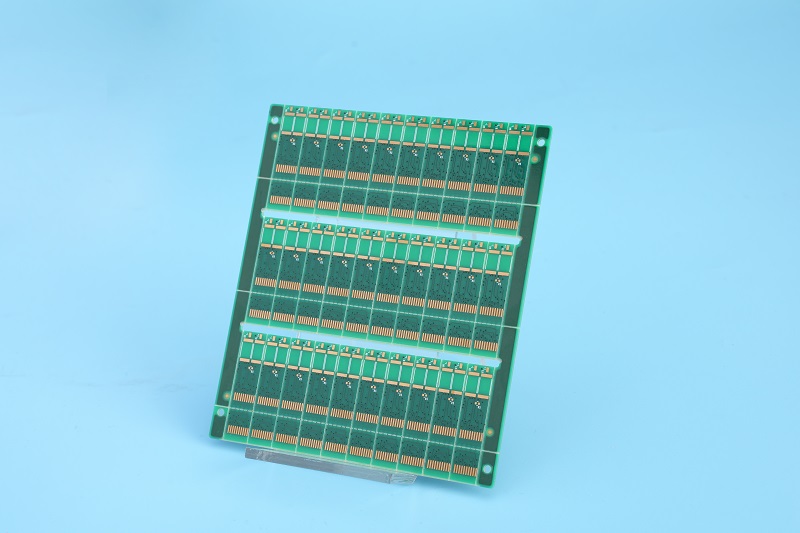
Why Should You Choose Best Technology as One of Your Custom PCB Prototype Manufacturers?
At Best Technology, we understand the pressure of meeting tight deadlines with no room for error. Weâve helped the clients across 40 countries complete custom PCB projects with greater efficiency and confidence.
- Design Review:Â We identify risks early. From missing solder masks to bad edge clearances, our team flags issues before production. That saves you from costly rework.
- Material Flexibility:Â Whether itâs FR4 or ceramic, we guide you toward the right choice. We also handle hard-to-find components, easing the sourcing process.
- Quick Turnaround:Â Using a complete process, we shorten cycles even for complex boards. With dedicated lines for prototypes, you wonât be stuck behind large-volume jobs.
- Integrated Validation:Â We use thermal and signal integrity simulations and FEA to validate your design faster. This approach helps reduce delays from failed tests.
- Full Certification:Â Our factory meets ISO 9001, ISO 13485, IATF 16949, and AS9100D standards. That means traceability, consistent quality, and better process control.
More importantly, our engineers work closely with you. We bridge the gap between your design intent and manufacturable output. This alignment avoids design-production mismatches â a common reason for failed boards and slow delivery. Plus, we maintain component inventory, so urgent builds wonât be held back by part shortages.
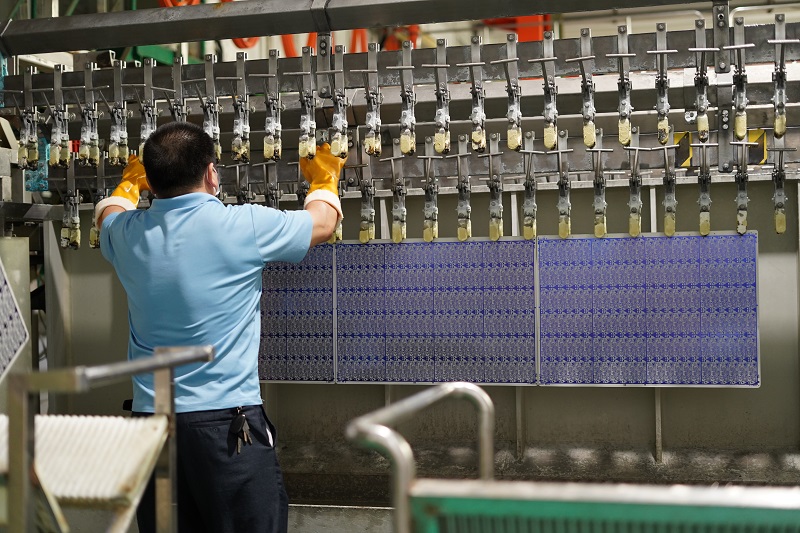
Custom PCB prototype development is where success starts. It gives you the chance to fix problems, reduce costs, and speed up time to market. But without a capable partner, itâs easy to fall behind schedule or overspend.
Best Technology brings deep experience in prototype PCB fabrication and assembly, backed by quality systems and smart tools. From DFM optimization to sourcing rare parts and fast delivery, we help you move from idea to product smoothly. Do you have any interests in our custom PCB prototype service, kindly feel free to let us know at sales@bestpcbs.com. Our team is always here to help you build it right the first time.



